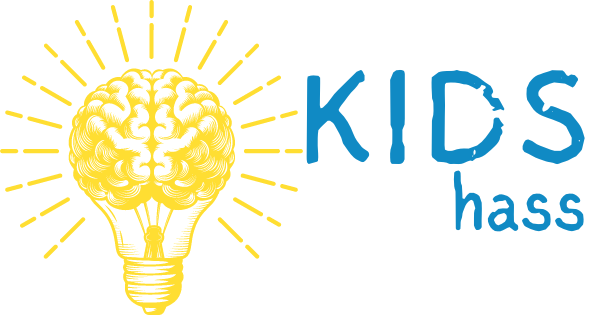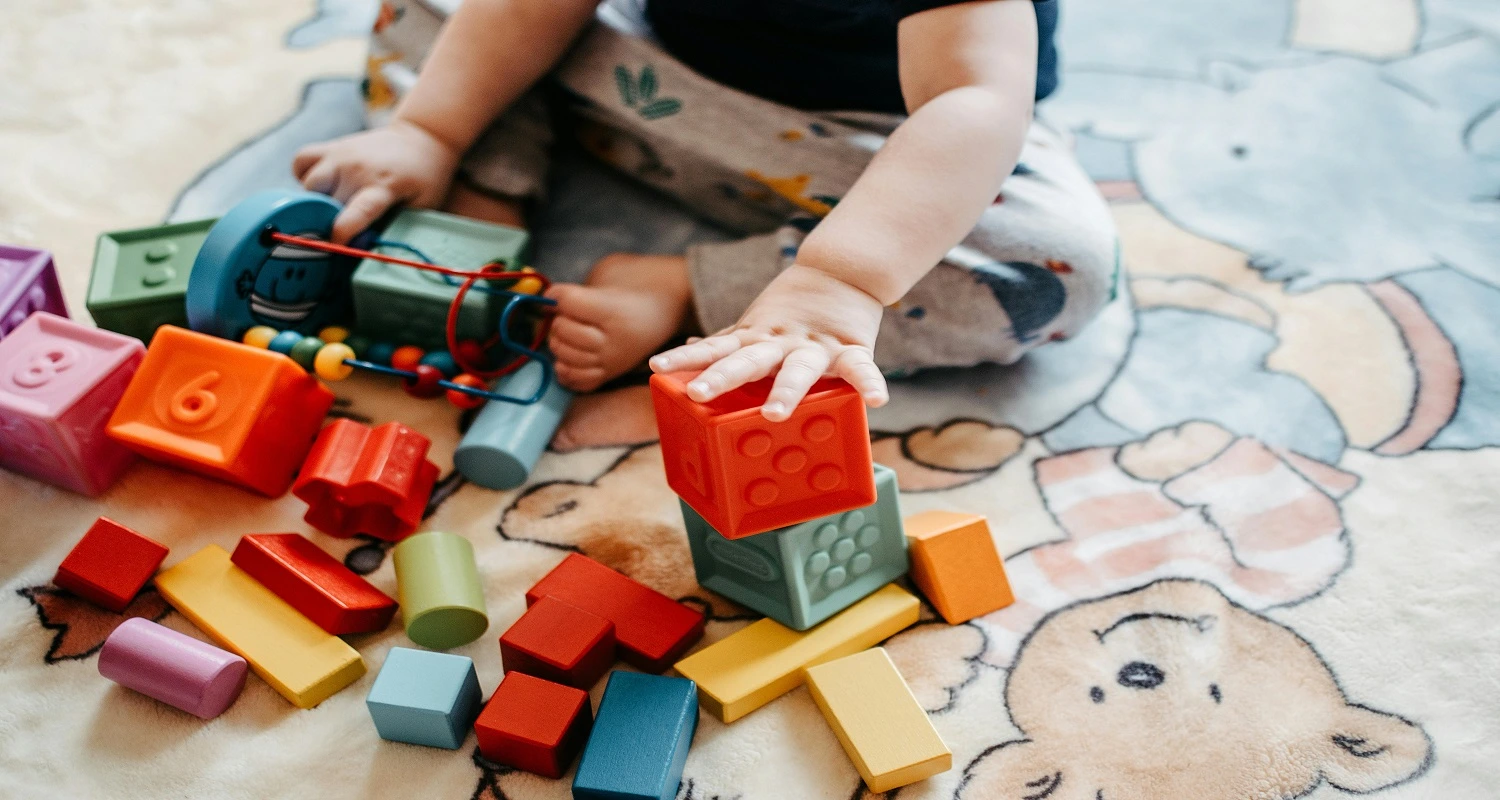As your baby grows, toys become more than just a source of entertainment—they play a crucial role in development. In this guide, we explore baby development toys that help boost your child’s physical, cognitive, and social skills. Understanding how the right toys can aid in this process can help you make informed decisions. Let’s dive into how developmental toys can support your baby’s milestones.
What Are Baby Development Toys?
Baby development toys are specifically designed to support and enhance a baby’s developmental milestones. These toys stimulate sensory, motor, and cognitive skills in fun and engaging ways. By providing age-appropriate toys, parents can help their children progress through essential stages of development.
The Benefits of Baby Development Toys
Toys designed for development can:
- Improve motor skills: Toys that involve grasping, pulling, and pushing help develop hand-eye coordination.
- Boost cognitive abilities: Toys like shape sorters or stacking rings teach problem-solving.
- Encourage sensory development: Toys with different textures, colors, and sounds stimulate a baby’s senses.
- Promote social skills: Playing with others or imitating sounds can foster social interaction.
Key Features to Look for in Baby Development Toys
When choosing baby development toys, consider the following features:
1. Safety First
Always ensure toys are free from small parts that could be a choking hazard. Check if they meet safety standards set by organizations like the Consumer Product Safety Commission (CPSC).
2. Age-Appropriate Design
Babies develop at different rates, so select toys that suit your baby’s current abilities. Look for labels or guidelines that suggest age ranges.
3. Variety in Stimulation
A good mix of toys that stimulate different senses—touch, sight, and sound—helps provide a well-rounded developmental experience. Soft toys, rattles, and activity gyms are great for sensory stimulation.
4. Interactive Features
Toys with interactive elements like buttons, lights, or sounds can keep your baby engaged while teaching cause and effect.
Best Baby Development Toys for Different Stages
Here’s a breakdown of baby development toys by age, highlighting their benefits at each stage.
0-3 Months: Sensory Stimulation
During the first three months, babies are learning to use their senses and develop motor skills.
- Rattles and Soft Toys: These help babies grasp objects and understand the sense of touch.
- Mobiles: Visual stimulation helps babies track objects and develop focus.
- High-Contrast Toys: Black-and-white toys are perfect for newborns, whose vision is still developing.
4-6 Months: Developing Hand-Eye Coordination
At this stage, babies are beginning to reach for objects and improve their hand-eye coordination.
- Tummy Time Mats: These encourage babies to lift their heads and strengthen their neck muscles.
- Teething Toys: Teething rings help soothe sore gums and give babies something to chew on.
- Soft Blocks: These toys help babies learn to stack and knock over objects, building motor skills.
7-9 Months: Exploring Cause and Effect
Babies become more curious about how things work at this age. They love to explore and learn through trial and error.
- Stacking Rings: These toys help with motor development and problem-solving.
- Musical Toys: Instruments or toys that play music when buttons are pressed teach cause and effect.
- Shape Sorters: Encourage problem-solving skills and help babies recognize shapes.
10-12 Months: Mobility and Social Skills
As babies start moving around, they need toys that support their growing independence.
- Push Toys: Help babies learn to walk and strengthen their leg muscles.
- Activity Tables: These toys feature buttons, sounds, and colors to keep babies entertained while learning.
- Interactive Books: Books with textures, flaps, and sounds promote early literacy and sensory exploration.
Tips for Choosing Baby Development Toys
1. Rotate Toys Regularly
Rotating toys helps keep your baby engaged and curious. Babies often lose interest in toys after a short period because they crave novelty. Instead of overwhelming them with many toys at once, introduce a few at a time and swap them out every couple of weeks. This approach not only keeps their environment fresh and exciting but also encourages deeper focus on each toy. When you rotate toys, your baby re-engages with toys they haven’t seen in a while, giving the sense of playing with something “new.” By using this method, you can also reduce clutter and create a more organized play space. Rotating toys can promote better developmental progress because babies get to explore different skills through varied play. This method works well as babies grow older and their interests change, helping to match toys with their current developmental stage.
2. Go for Open-Ended Toys
Open-ended toys are essential for fostering creativity and imagination in babies. Unlike toys with a specific use, open-ended toys can be played with in multiple ways, allowing babies to explore their possibilities. Examples include blocks, stacking rings, and soft balls. With open-ended toys, babies use their problem-solving skills to discover new ways to interact with them. These toys also encourage independent thinking as your baby learns there is no “right” or “wrong” way to play. Over time, your baby’s ability to think critically and creatively will develop, as they engage with the toy in new and inventive ways. Open-ended toys grow with your child, too, offering different levels of complexity as your baby’s skills improve. This means you won’t need to replace toys as often, as open-ended toys remain valuable over many stages of development.
3. Watch Your Baby’s Preferences
Every baby is unique, and their preferences for toys may vary. Observing your baby’s interests can guide you in selecting toys that best engage them. For instance, if your baby is fascinated by colors, introduce more vibrant, high-contrast toys. If they enjoy problem-solving, toys like shape sorters or puzzles may be more appealing. Paying attention to their likes and dislikes can help you better support their development. Encouraging their interests can also keep them motivated to explore and learn new things. In contrast, forcing toys that don’t capture their attention can lead to frustration. Babies show preferences in various ways, such as spending more time with certain toys or showing excitement when a particular toy is brought out. By being attentive to these cues, you can create a personalized play experience that maximizes your baby’s developmental potential.
4. Encourage Independent Play
Independent play is vital for a baby’s development, as it allows them to explore, make decisions, and engage their imagination without constant guidance. Start by offering safe, age-appropriate toys in an environment where your baby can explore freely. Independent play builds confidence because babies learn to trust their abilities and solve problems on their own. It also helps improve concentration and attention span as they focus on a task without interruptions. While it’s important to supervise, resist the urge to direct every action. Instead, observe quietly from a distance, allowing your baby to take the lead. Over time, your child will develop self-reliance and creative thinking skills. Independent play also gives parents valuable time to relax or handle other tasks while knowing their baby is learning important life skills. Encourage a balance between interactive play with others and solo time to foster all-around development.
FAQs About Baby Development Toys
1. What are the best toys for a 6-month-old baby?
At 6 months, toys like teething rings, stacking blocks, and sensory balls are great. They encourage hand-eye coordination and sensory exploration.
2. Are noisy toys bad for babies?
Noisy toys can be helpful in stimulating a baby’s auditory senses. However, make sure the volume is not too loud to protect their hearing. You can refer to the American Academy of Pediatrics (AAP) for guidelines on safe toy sound levels.
3. How many toys should my baby have?
It’s not about quantity but quality. A few well-chosen development toys are more effective than a room full of options. Rotating toys can keep things fresh.
4. When should I start giving my baby development toys?
You can start with development toys like soft rattles or mobiles as early as 1 month. As your baby grows, introduce toys that support each developmental stage.
5. Are there specific toys for cognitive development?
Yes, toys like shape sorters, puzzles, and stacking toys help with cognitive skills. These toys promote problem-solving and pattern recognition.
Official Resources for Baby Toy Safety
When selecting toys for your baby, always check for safety certifications from recognized organizations. The Consumer Product Safety Commission (CPSC) is a valuable resource for toy recalls and safety guidelines. Additionally, the American Academy of Pediatrics (AAP) provides guidance on toy safety and development recommendations.
Conclusion
Choosing the right baby development toys is essential for your child’s growth and learning. These toys not only keep your baby entertained but also play a significant role in their cognitive, motor, and sensory development. Remember to choose age-appropriate toys, encourage variety, and prioritize safety. As your baby grows, their developmental needs will change, and the right toys can support every milestone.

